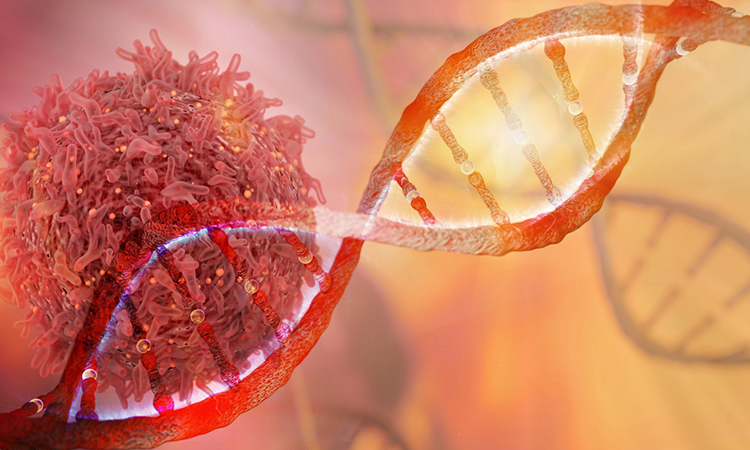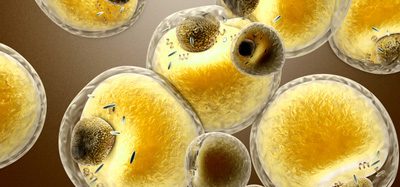HIF inhibition: a potential therapeutic approach for cancers
Posted: 10 April 2024 | Ellen Capon (Drug Target Review), Professor Ali Tavassoli (Curve Therapeutics) | No comments yet
In this Q&A, Curve Therapeutic’s Chief Scientific Officer Professor Ali Tavassoli discusses how dual HIF inhibition could combat solid tumours.


What is the composition of the hypoxia inducible factor (HIF) heterodimeric transcription factor?
The HIF transcription factor is heterodimeric, composed of an alpha subunit and a beta subunit. The HIF-α subunit is continuously expressed but has a half-life of approximately 5 minutes in normoxic cells, as it is tagged for degradation via hydroxylation of two proline residues. As this enzymatic process uses molecular oxygen as a substrate, HIF-α is not degraded in hypoxia and so levels build up. It is translocated to the nucleus where it dimerized with HIF-1β to form the active transcription factor.
How does HIF respond to hypoxia at the cellular level?
HIF activation has a dramatic effect on transcription in cells, altering the levels of 100s of genes, with the central aim of enabling the cell to survive and grow in hypoxia. This includes changes to cell metabolism via upregulation of glycolysis, as well as signalling for angiogenesis and metastasis.
What is the significance of inhibiting HIF transcription factors in the context of cancer treatment?
The majority of solid tumours have a hypoxic core which results in HIF overexpression. Studies have shown that the HIF-mediated hypoxia-response promotes an aggressive phenotype that has been shown to negatively correlate with patient outcomes. There is also data to show that knockout and/or knockdown of HIF-α reduces tumour size in vivo. Together, the available data suggests significant therapeutic potential for an inhibitor of the two active isoforms of HIF, called HIF-1 and HIF-2.
What are the mechanisms by which the reported cyclic peptides disrupt the function of HIF-1 and HIF-2 transcription factors, and how do the identified cyclic peptides interfere with the protein-protein interaction between a α and β subunits of HIF?
The cyclic peptides discovered in my laboratory bind to the PAS-B domain of both HIF-1α and HIF-2α and preventing their dimerization with HIF-1β. Our computational modelling suggests that the region on PASB bound by the cyclic peptide blocks a “hot spot” region that is important in maintaining the protein-protein interaction of the HIF transcription factor. This results in a reduction in hypoxia-response signalling in cancer cell lines.
The study is published in ACS Publications.
About the author
Professor Ali Tavassoli, Chief Scientific Officer at Curve Therapeutics
Ali developed the technology behind Curve’s platform and is the company’s co-founder. He is Professor of Chemical Biology at the University of Southampton. His research is focused on the development of high throughput screening platforms that enable the discovery of protein-protein interaction inhibitors, and the conversion of cyclic peptide hits into novel therapeutics.
He was President of the Royal Society of Chemistry’s Chemistry and Biology Interface Division (2020-2023) and previously served as the Chair of the RSC’s Chemical Biology and Bioorganic Group (2012-2015).
Ali has won a number of awards, including the European Association for Chemical and Molecular Sciences’ medal for European Young Chemist (2008), the RSC’s Protein and Peptide Science Award (2017) and the European Peptide Society’s Leonidas Zervas Award (2020).
Related topics
Cancer research, Computational techniques, In Vivo, Oncology, Therapeutics
Related conditions
Cancer, Cancer Research, hypoxia








